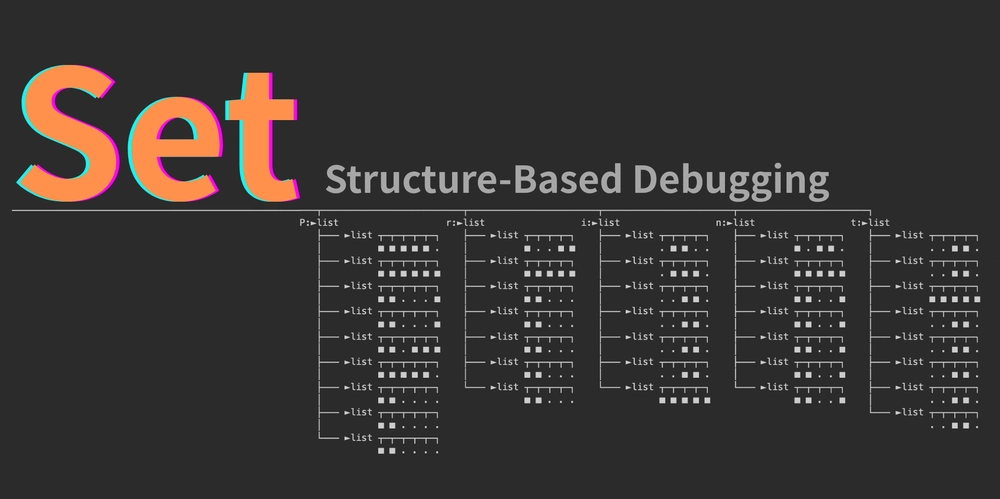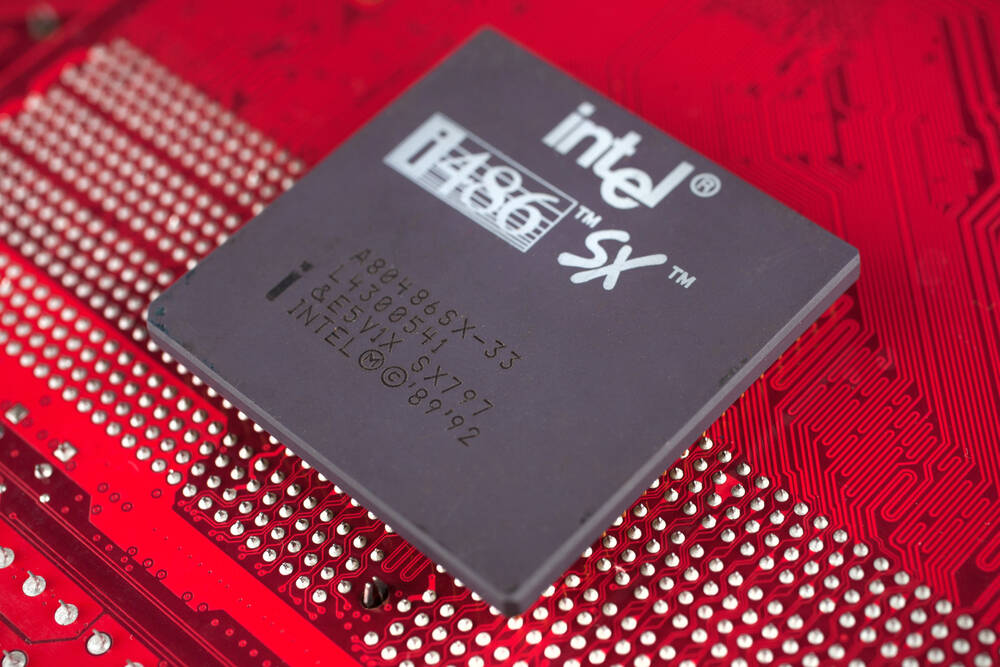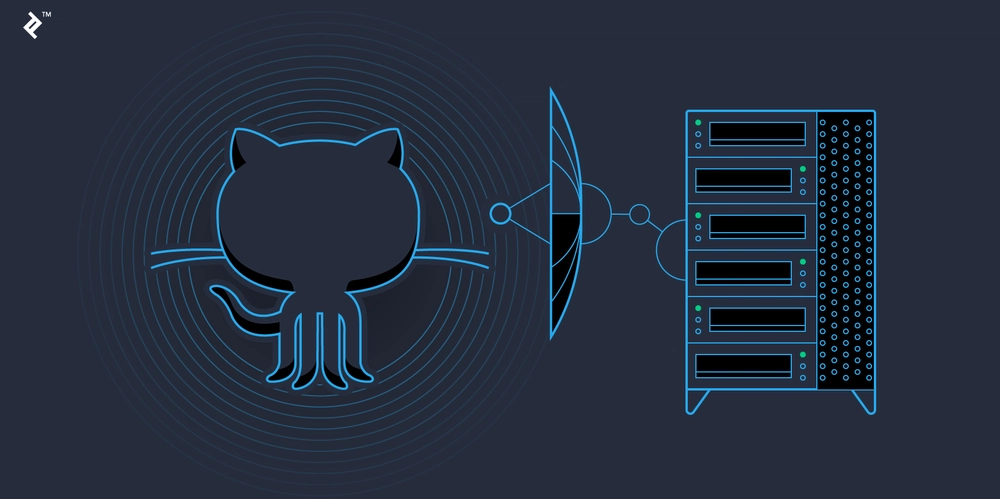Inline AI Suggestions in NeoVim: GitHub Copilot vs Windsurf (Codeium) — A Technical Comparative Analysis
Before we dive in, it's worth noting a recent branding change: the assistant formerly known as Codeium is now called Windsurf. The rebranding aims to reposition the tool under a new identity, though the transition has caused some confusion in the community, particularly among terminal-centric users. For clarity, throughout this article, we will refer to the tool as Windsurf, its current official name. Among terminal enthusiasts, NeoVim has established itself as a powerhouse of productivity. Combining lightness, extensibility, and full control over the development environment, it's become the go-to editor for developers who not only write code but carefully curate a streamlined workflow. In this context, the integration of artificial intelligence tools for real-time code suggestions—commonly referred to as inline suggestions — represents a significant and potentially transformative addition. In recent years, two major players have emerged in this space: GitHub Copilot, developed in partnership with OpenAI and backed by the GitHub ecosystem, and Windsurf, a free and increasingly popular alternative. Both aim to enhance developer productivity by anticipating and completing code based on context. But how do they actually perform within NeoVim—a notoriously demanding environment when it comes to customization and efficiency? This article offers a deep technical comparison focused specifically on how these tools behave in NeoVim. I will cover configuration, technical capabilities, plugin integration, LSP behavior, privacy, community adoption, and contextual awareness. The goal? To help you make an informed decision about which AI assistant to rely on in your daily workflow. Setup and Installation Copilot (with enhanced integration) While the official copilot.vim plugin is still available, it's highly recommended to use the modern copilot.lua implementation paired with copilot-cmp. This setup provides better control, full nvim-cmp integration, and increased stability. Here's a recommended configuration using lazy.nvim: { "zbirenbaum/copilot.lua", cmd = "Copilot", build = ":Copilot auth", config = function() require("copilot").setup({ suggestion = { enabled = false }, panel = { enabled = false }, }) end, }, { "zbirenbaum/copilot-cmp", dependencies = "zbirenbaum/copilot.lua", config = function() require("copilot_cmp").setup() end, }, This setup disables visual panels and enables suggestions exclusively through nvim-cmp. Authentication is triggered via the :Copilot auth command, which opens your browser. Why choose copilot.lua over copilot.vim? Native integration with nvim-cmp Fine-grained control over appearance and behavior Better performance in asynchronous environments Community-maintained extensions like copilot-lualine for status display Windsurf Windsurf’s installation process is equally simple and well-documented. Here is a basic configuration using lazy.nvim: { "Exafunction/windsurf.nvim", dependencies = { "nvim-lua/plenary.nvim", "hrsh7th/nvim-cmp" }, config = function() require("codeium").setup({}) end, }, Once installed, use :Codeium Auth to authenticate via the browser. The plugin integrates automatically with nvim-cmp and requires Node.js on your system to function properly. Plugin Integration Copilot Copilot benefits from strong community support. With copilot-cmp, it integrates directly with nvim-cmp for inline completions. The copilot-lualine plugin allows users to monitor the plugin's status in the statusline. Advanced users can extend functionality using telescope.nvim to inspect logs and command history, or integrate which-key.nvim for quick keymap discovery. Behavior can be further customized via commands and configuration hooks, especially when using copilot.lua. Windsurf Windsurf provides solid integration with essential tools like nvim-cmp, lspkind.nvim (for UI icons), and noice.nvim (for quiet UI feedback). However, it lacks certain advanced integrations, such as a dedicated plugin for displaying status (e.g., lualine or heirline) and tighter control interfaces. As of now, Windsurf has no official plugins for telescope.nvim, nor does it expose much internal state for customization or automation. The plugin focuses on simplicity and automatic configuration, which is suitable for most users but might limit advanced workflows. Community Adoption GitHub Copilot is the current market leader in adoption, with over 1.8 million paid users as of late 2023. Its official plugin has more than 9,000 stars on GitHub, and its deep GitHub integration makes it an obvious choice for teams already invested in the Microsoft ecosystem. Windsurf, on the other hand, is quickly gaining ground. Formerly known as Codeium, it surpassed 700,000 users in 2024 and is used by over a thousand companies—many of which take advantage of its on-premises deployment o

Before we dive in, it's worth noting a recent branding change: the assistant formerly known as Codeium is now called Windsurf. The rebranding aims to reposition the tool under a new identity, though the transition has caused some confusion in the community, particularly among terminal-centric users. For clarity, throughout this article, we will refer to the tool as Windsurf, its current official name.
Among terminal enthusiasts, NeoVim has established itself as a powerhouse of productivity. Combining lightness, extensibility, and full control over the development environment, it's become the go-to editor for developers who not only write code but carefully curate a streamlined workflow. In this context, the integration of artificial intelligence tools for real-time code suggestions—commonly referred to as inline suggestions — represents a significant and potentially transformative addition.
In recent years, two major players have emerged in this space: GitHub Copilot, developed in partnership with OpenAI and backed by the GitHub ecosystem, and Windsurf, a free and increasingly popular alternative. Both aim to enhance developer productivity by anticipating and completing code based on context. But how do they actually perform within NeoVim—a notoriously demanding environment when it comes to customization and efficiency?
This article offers a deep technical comparison focused specifically on how these tools behave in NeoVim. I will cover configuration, technical capabilities, plugin integration, LSP behavior, privacy, community adoption, and contextual awareness. The goal? To help you make an informed decision about which AI assistant to rely on in your daily workflow.
Setup and Installation
Copilot (with enhanced integration)
While the official copilot.vim plugin is still available, it's highly recommended to use the modern copilot.lua implementation paired with copilot-cmp. This setup provides better control, full nvim-cmp integration, and increased stability. Here's a recommended configuration using lazy.nvim:
{
"zbirenbaum/copilot.lua",
cmd = "Copilot",
build = ":Copilot auth",
config = function()
require("copilot").setup({
suggestion = { enabled = false },
panel = { enabled = false },
})
end,
},
{
"zbirenbaum/copilot-cmp",
dependencies = "zbirenbaum/copilot.lua",
config = function()
require("copilot_cmp").setup()
end,
},
This setup disables visual panels and enables suggestions exclusively through nvim-cmp. Authentication is triggered via the :Copilot auth command, which opens your browser.
Why choose copilot.lua over copilot.vim?
- Native integration with
nvim-cmp - Fine-grained control over appearance and behavior
- Better performance in asynchronous environments
- Community-maintained extensions like
copilot-lualinefor status display
Windsurf
Windsurf’s installation process is equally simple and well-documented. Here is a basic configuration using lazy.nvim:
{
"Exafunction/windsurf.nvim",
dependencies = { "nvim-lua/plenary.nvim", "hrsh7th/nvim-cmp" },
config = function()
require("codeium").setup({})
end,
},
Once installed, use :Codeium Auth to authenticate via the browser. The plugin integrates automatically with nvim-cmp and requires Node.js on your system to function properly.
Plugin Integration
Copilot
Copilot benefits from strong community support. With copilot-cmp, it integrates directly with nvim-cmp for inline completions. The copilot-lualine plugin allows users to monitor the plugin's status in the statusline.
Advanced users can extend functionality using telescope.nvim to inspect logs and command history, or integrate which-key.nvim for quick keymap discovery. Behavior can be further customized via commands and configuration hooks, especially when using copilot.lua.
Windsurf
Windsurf provides solid integration with essential tools like nvim-cmp, lspkind.nvim (for UI icons), and noice.nvim (for quiet UI feedback). However, it lacks certain advanced integrations, such as a dedicated plugin for displaying status (e.g., lualine or heirline) and tighter control interfaces.
As of now, Windsurf has no official plugins for telescope.nvim, nor does it expose much internal state for customization or automation. The plugin focuses on simplicity and automatic configuration, which is suitable for most users but might limit advanced workflows.
Community Adoption
GitHub Copilot is the current market leader in adoption, with over 1.8 million paid users as of late 2023. Its official plugin has more than 9,000 stars on GitHub, and its deep GitHub integration makes it an obvious choice for teams already invested in the Microsoft ecosystem.
Windsurf, on the other hand, is quickly gaining ground. Formerly known as Codeium, it surpassed 700,000 users in 2024 and is used by over a thousand companies—many of which take advantage of its on-premises deployment option. The windsurf.nvim plugin is still maturing, but it has already demonstrated solid technical stability and growth.
A Note on the VSCode vs NeoVim Experience
It’s crucial to understand that both Copilot and Windsurf were originally designed with graphical editors in mind—primarily Visual Studio Code. This means that many of their native features, such as chat windows, PR integrations, and visual context navigation, were built assuming a rich UI.
GitHub Copilot, for instance, shines brightest in VSCode with features like Copilot Chat, multi-file awareness, and integration with GitHub repositories. Within NeoVim, however, the experience is more limited, relying on third-party plugins to provide similar capabilities.
Windsurf faces a similar scenario. While it does offer a dedicated NeoVim plugin—unlike Copilot, whose official Vim support is fairly limited—many advanced features remain exclusive to the VSCode extension. Still, its CLI-based client for terminal use is fast, reliable, and competitive.
This mismatch between environments creates a noticeable gap. Features that feel revolutionary in VSCode are often not yet fully available or stable in the NeoVim ecosystem, directly impacting the experience of users who prefer a keyboard-centric workflow.
That said, this note is not intended to suggest a change of editor. Rather, it highlights the need for broader vendor support and awareness regarding the growing demand from developers who choose terminal-based tools like NeoVim or Vim. Features that feel revolutionary in VSCode are often not yet fully available or stable in the NeoVim ecosystem, directly impacting the experience of users who prefer a keyboard-centric workflow.
Scoring Methodology and Final Verdict
Below, I present a comparative scoring of GitHub Copilot and Windsurf based on technical criteria, usage experience in NeoVim, and my own perception of their strengths and limitations. This evaluation is subjective but informed by real-world usage and priorities such as customization, stability, integration, and user control.
| Criteria | Copilot | Windsurf |
|---|---|---|
| Setup and Installation | 8 | 9 |
| Suggestion Quality | 7 | 8 |
| Context Awareness | 5 | 9 |
| Plugin Ecosystem | 9 | 7 |
| Technical Stability | 6 | 6 |
| Customizability | 6 | 9 |
| Privacy Handling | 5 | 9 |
| Model Intelligence | 9 | 8 |
| NeoVim Support | 6 | 8 |
| Popularity and Adoption | 10 | 7 |
| Pricing | 5 | 10 |
Total Score:
- Copilot: 76 points
- Windsurf: 90 points
References and Resources
To support further exploration and experimentation, I’ve compiled the following resources. These links include official documentation, plugin repositories, and project homepages, offering deeper insights into setup, customization, and ongoing development of both Copilot and Windsurf:
- GitHub Copilot Official Site — Overview of Copilot’s capabilities, pricing, and integrations from GitHub.
- Copilot.nvim (Official Vim Plugin) — The official plugin maintained by GitHub for Vim and NeoVim.
- Copilot.lua (Community Plugin) — A modern, extensible alternative to the official Copilot plugin.
-
Copilot-cmp — Enables Copilot suggestions to integrate with
nvim-cmp. -
Copilot-lualine — A lightweight plugin to show Copilot’s status in
lualine. - Windsurf (Codeium) NeoVim Plugin — The official plugin for using Windsurf inside NeoVim.
- Windsurf Website — General access to Windsurf’s features, documentation, and signup.
- Codeium vs Copilot Performance Thread (Reddit) — Community-driven insights and real-world performance observations.
- AI Code Completion Benchmarks (2023) — Research paper comparing latency and accuracy across several AI coding tools.
- Copilot Privacy and Data Usage Statement — Official page detailing GitHub’s data usage and model training policies.
- Windsurf Privacy Policy — Privacy policy for Windsurf users, including enterprise deployment conditions.
Conclusion
I intend to keep this scorecard updated over time, as both tools are living projects in constant evolution. Changes in performance, integration capabilities, and community contributions may significantly shift the balance in future versions.
Both Copilot and Windsurf bring considerable value to NeoVim users.
Windsurf stands out for its customizability, contextual precision, privacy controls, and free usage model, making it a compelling option for developers who want full control over their environment.
Copilot, meanwhile, remains a highly accessible choice for those already embedded in the GitHub ecosystem. Its performance, ease of use, and extensive community support make it a solid pick—especially if you're using VSCode as your primary editor.
Ultimately, the best choice depends on how you work, what you prioritize, and where you want your toolchain to take you.
If you use either of these tools in NeoVim, or have insights, configurations, or edge cases you'd like to share, I’d love to hear from you. Your input could help improve this comparison and guide future updates. And if you'd like to see a follow-up article with detailed configuration instructions and related plugin setups, just let me know! Your input could help improve this comparison and guide future updates.
Thank you for reading! I hope this article offered clarity and practical value for your workflow. As both tools are living projects in constant evolution. Changes in performance, integration capabilities, and community contributions may significantly shift the balance in future versions.
Note: This article reflects my personal and technical analysis based on actual usage of both tools in NeoVim. The preferences, perceptions, and scores expressed are mine alone and are not intended to define universal standards. Every developer should evaluate these tools based on their own context and needs.

















































%20Abstract%20Background%20102024%20SOURCE%20Amazon.jpg)



















































































































![[The AI Show Episode 146]: Rise of “AI-First” Companies, AI Job Disruption, GPT-4o Update Gets Rolled Back, How Big Consulting Firms Use AI, and Meta AI App](https://www.marketingaiinstitute.com/hubfs/ep%20146%20cover.png)











































































































































































.jpg?#)




























































































_Wavebreakmedia_Ltd_IFE-240611_Alamy.jpg?width=1280&auto=webp&quality=80&disable=upscale#)

_Alexey_Kotelnikov_Alamy.jpg?width=1280&auto=webp&quality=80&disable=upscale#)
_Brian_Jackson_Alamy.jpg?width=1280&auto=webp&quality=80&disable=upscale#)

















































































































![Netflix Unveils Redesigned TV Interface With Smarter Recommendations [Video]](https://www.iclarified.com/images/news/97249/97249/97249-640.jpg)


![Apple Seeds visionOS 2.5 RC to Developers [Download]](https://www.iclarified.com/images/news/97240/97240/97240-640.jpg)


































































































